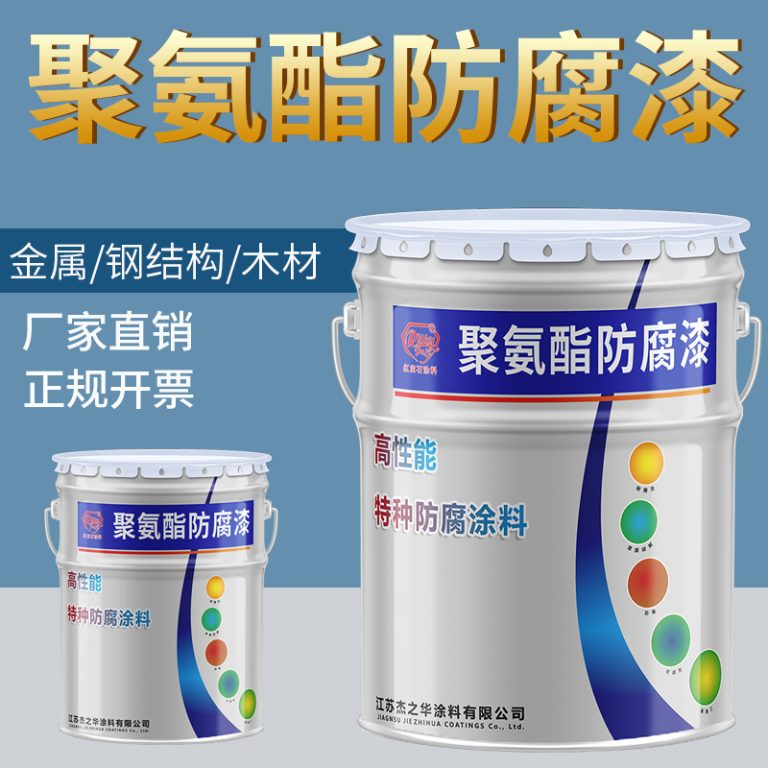Table of Contents
Environmental Impact of Paint Spills on Highways
A recent incident on a Montreal highway has brought to light the environmental consequences of paint spills on roadways. A transport truck, carrying a large quantity of paint, overturned and dumped its contents all over the highway. This event not only caused significant traffic disruptions but also raised concerns about the potential environmental impact of such spills.

Paint spills on highways can have far-reaching effects on the surrounding environment. When paint is spilled, it can seep into the soil and contaminate groundwater sources. This contamination can have a detrimental effect on local ecosystems, as plants and animals may be exposed to harmful chemicals. In addition, the volatile organic compounds (VOCs) present in many paints can evaporate into the atmosphere, contributing to air pollution and posing health risks to nearby residents.
The cleanup process for paint spills on highways is both time-consuming and costly. It often involves the use of absorbent materials to soak up the paint, followed by the removal and disposal of the contaminated materials. In some cases, the affected area may also need to be resurfaced to prevent further environmental damage. This not only adds to the financial burden but also extends the duration of traffic disruptions.
Moreover, the environmental impact of paint spills is not limited to the immediate vicinity of the spill. The chemicals in the paint can be carried by rainwater into nearby water bodies, affecting aquatic life and potentially contaminating drinking water sources. This can have serious implications for both human health and the environment.
It is crucial, therefore, that measures are taken to prevent such incidents from occurring in the first place. This can include ensuring that transport trucks are properly maintained and that drivers are adequately trained to handle hazardous materials. Additionally, regulations regarding the transportation of potentially harmful substances should be strictly enforced to minimize the risk of accidents.
In the event of a spill, it is important to act quickly to mitigate the environmental impact. This can involve deploying emergency response teams to contain the spill and prevent it from spreading. Public awareness campaigns can also play a role in educating the community about the potential hazards of paint spills and the importance of reporting such incidents promptly.
| Serial Number | Article Name |
| 1 | Fluoracarbon middle paint |
In conclusion, the recent paint spill on a Montreal highway serves as a stark reminder of the environmental hazards associated with transporting hazardous materials. The incident highlights the need for stringent safety measures and prompt response strategies to minimize the environmental impact of such spills. By taking proactive steps to prevent and address paint spills, we can help protect our ecosystems and ensure a safer environment for future generations.
Traffic Disruptions Caused by Transport Truck Accidents
A recent incident on a Montreal highway has brought to light the significant impact that transport truck accidents can have on traffic flow and overall road safety. In this particular case, a transport truck carrying a large quantity of paint experienced a mechanical failure, resulting in the truck dumping its contents all over the highway. The spillage not only caused extensive traffic disruptions but also posed serious safety hazards to motorists.
The accident occurred during the morning rush hour, a time when the highway is typically congested with commuters heading to work. The sudden spillage of paint created slippery conditions on the road surface, making it difficult for vehicles to maintain control. Several cars skidded and collided with each other, leading to further congestion and delays. Emergency response teams were quick to arrive at the scene, but the cleanup process was challenging and time-consuming, given the volume of paint that needed to be removed.
This incident serves as a stark reminder of the vulnerabilities associated with transporting hazardous materials on public roadways. Transport trucks are essential for moving goods across long distances, but they also pose unique risks, especially when carrying substances that can be harmful in the event of an accident. The consequences of such accidents can be far-reaching, affecting not only the immediate vicinity of the spill but also the broader transportation network.
In response to incidents like this, there is a growing call for stricter regulations and oversight concerning the transportation of hazardous materials. Authorities are being urged to implement more rigorous inspection and maintenance routines for transport trucks, ensuring that they are in good working condition before hitting the road. Additionally, there is a push for better training for truck drivers, equipping them with the skills and knowledge necessary to handle emergencies and prevent accidents.
Moreover, the use of advanced technology can play a crucial role in enhancing road safety. For example, real-time monitoring systems can help track the location and condition of transport trucks, providing early warnings in case of potential issues. Such systems can also facilitate quicker response times in the event of an accident, helping to mitigate the impact on traffic and reduce the risk of secondary accidents.
| No. | Name |
| 1 | Industrial paint |
Ultimately, the goal is to create a safer and more efficient transportation system, where accidents like the one on the Montreal highway are less likely to occur. By addressing the underlying issues related to transport truck safety and investing in preventive measures, authorities can help ensure smoother traffic flow and protect the well-being of all road users.
In conclusion, the paint spill on the Montreal highway is a vivid illustration of the challenges posed by transport truck accidents. It highlights the need for enhanced safety protocols, better driver training, and the adoption of modern technology to prevent similar incidents in the future. As we move forward, it is crucial that stakeholders work together to develop and implement solutions that will improve road safety and minimize traffic disruptions caused by transport truck accidents.





